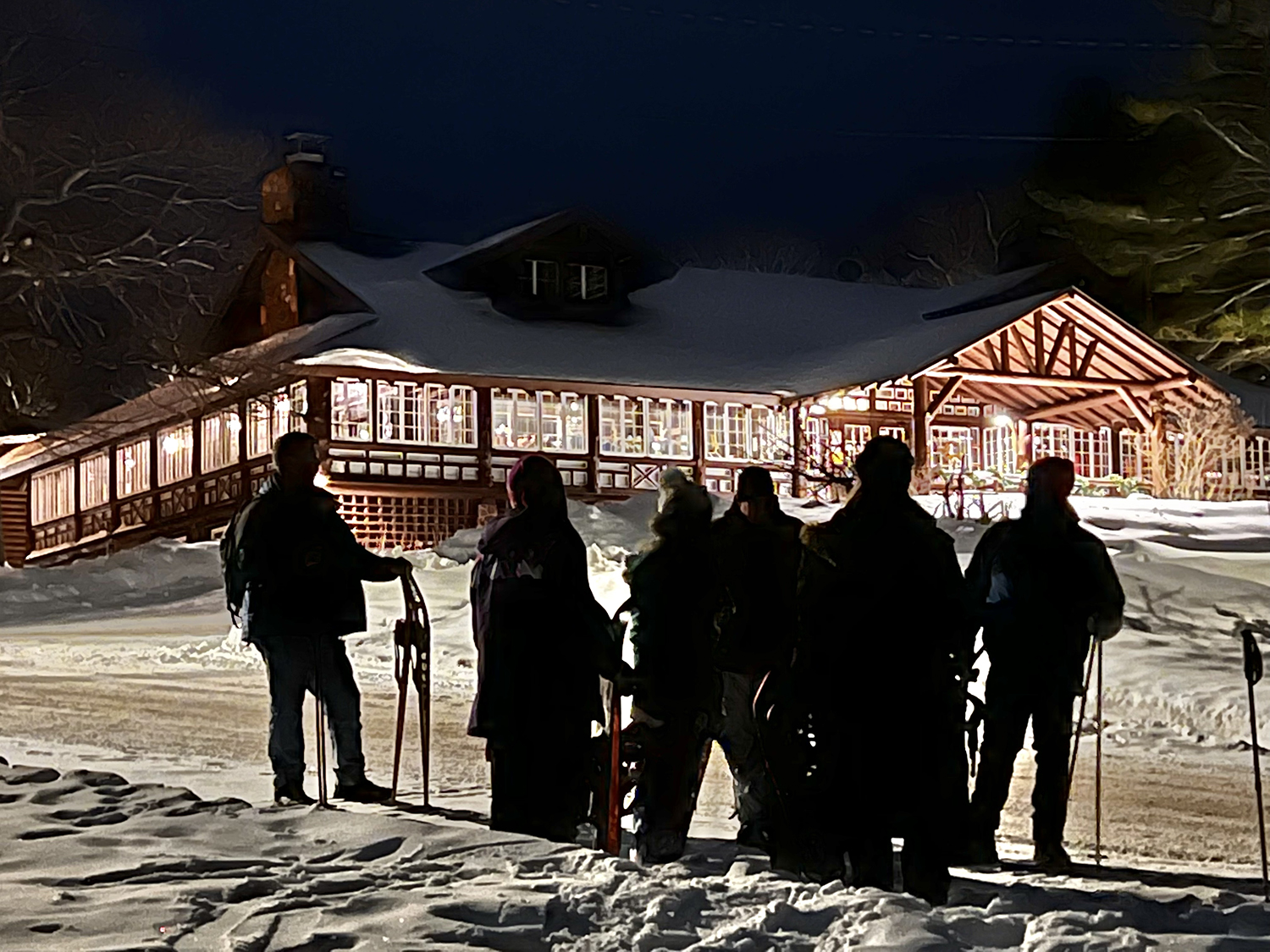February 24, 2024: Moonlit Snowshoe Hike Recap
“Adapt accordingly to the situation in a positive manner.” This is one of our core values at the Keweenaw Mountain Lodge, and the low amount of snow this winter has proved to require some adaptations to our adventures. In 2023, Keweenaw County reported 55 inches of snowfall for the month of February, this year, we received a mere 21 inches.
This lack of fluffy flakes presented a new opportunity. After assessing the crusty snowshoe trail, the Outdoor Activities Team decided to offer the guided moonlit snowshoe hike as a “hike by moonlight”. Thirteen participants laced up their hiking boots and adventured on to experience something new. Has anyone ever hiked the Keweenaw Mountain Trails without snowshoes in February? A pioneering thrill filled the air!
Guests had arrived with different hopes as to what they would like to experience. Some wanted to challenge their night vision, some came to enjoy the silence and some were excited to see wildlife. Tonight we were hoping to see or at least hear an owl.
Wearing hiking boots allowed our footsteps to be quieter than snowshoes would have. The moon was high and bright and we were able to see clearly. Being in nature is always special – the still of the night adds an almost magical feeling. The calming effect of nature then allows the mind to quiet. As we made our way down the canyon on the Adventurer Snowshoe Route, we heard the rustle of large wings overhead. In unison, our footsteps halted to a stop. We heard the gentleman who had hoped to see an owl: ”Look, right there, it’s an owl!” Magic? Maybe. Maybe he wished upon a star that night.
Gazing at our lucky stars, we hiked into the opening on fairway 4 of the golf course. We stopped to admire how the clouds formed shapes in the moonlight. It is funny how pointing at cloud images can make you feel like a kid again! Just then a beautiful rainbow ring encircled the full moon. A lunar halo casts an almost spellbinding glow across the sky. This is caused by the refraction of light from ice crystals in the upper atmosphere. Many times it appears as a white to grayish blue light. But tonight the entire spectrum of light was visible by us all. Yes, definitely magical.
When we adapt, we just may experience something new.
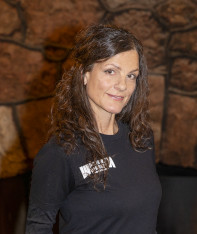
…

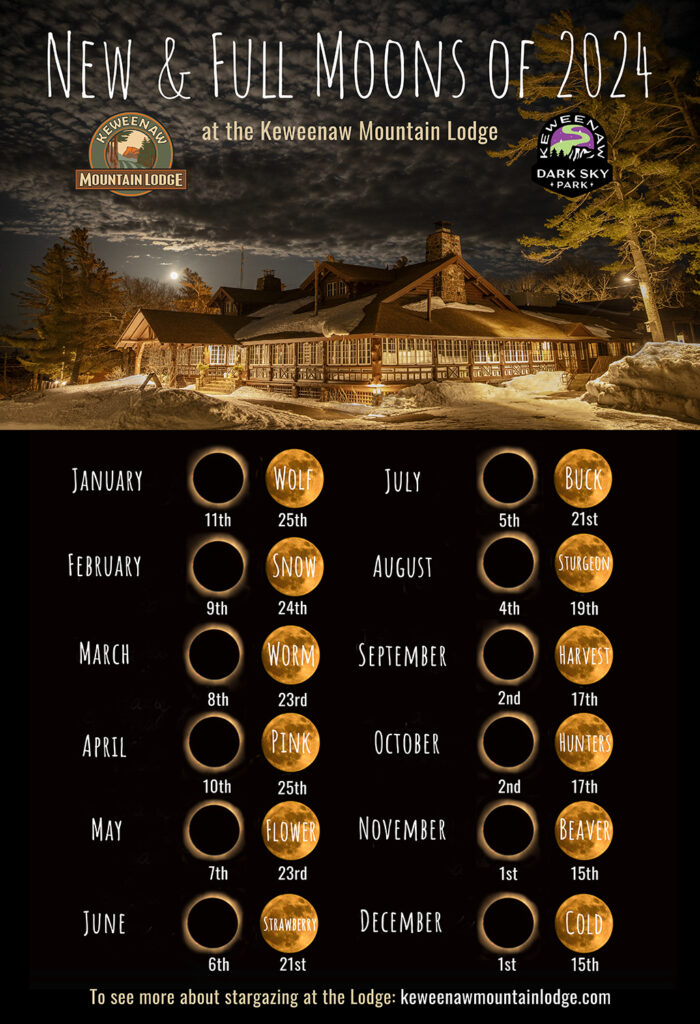
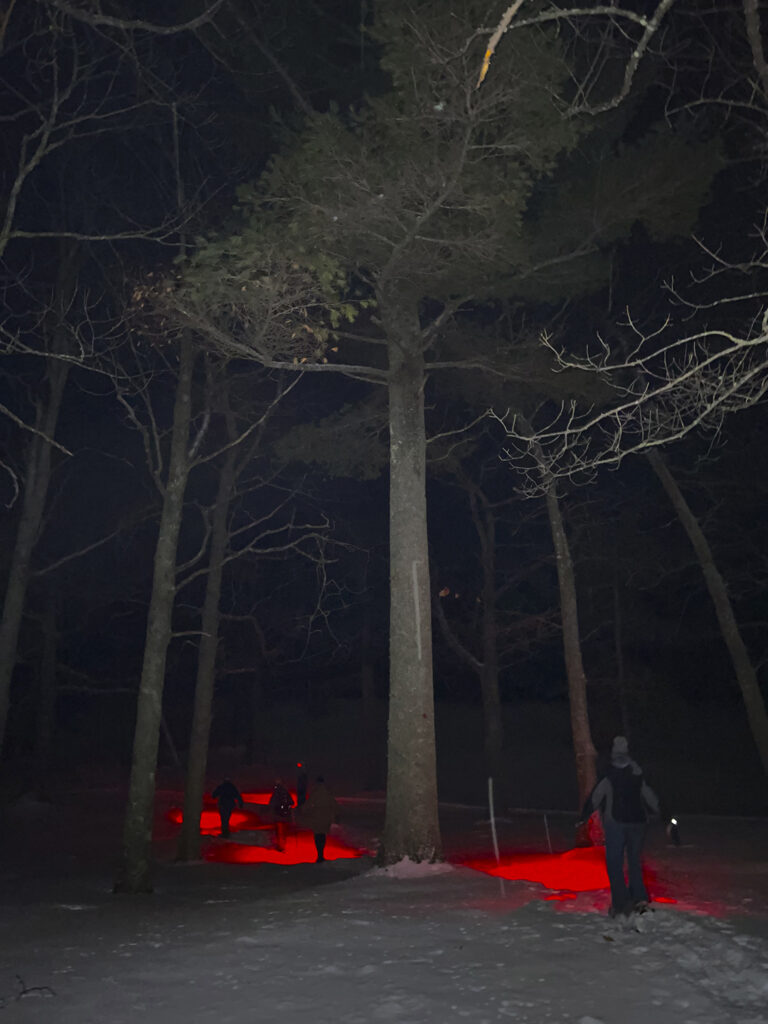

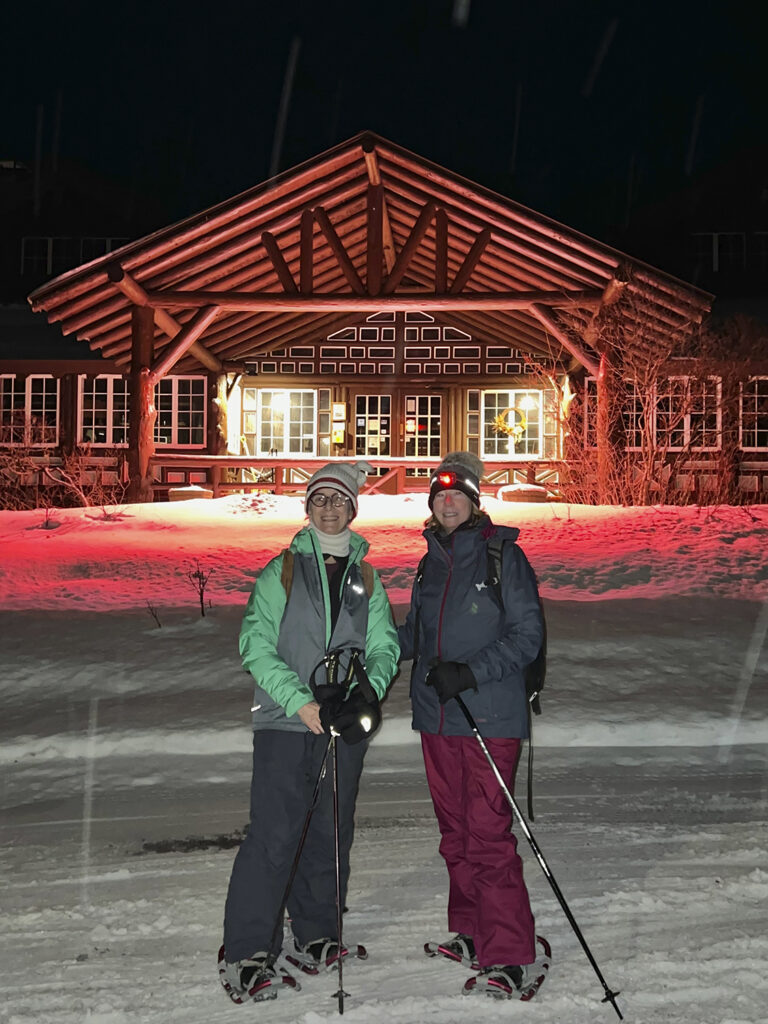
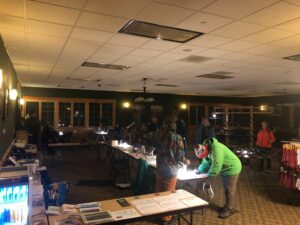
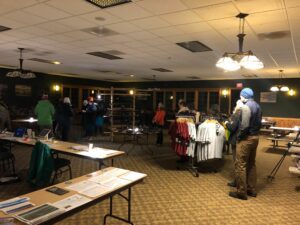
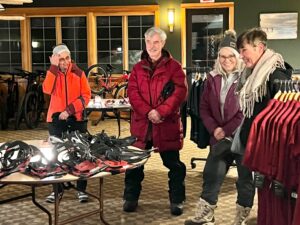
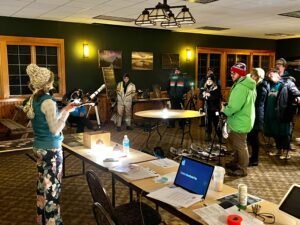

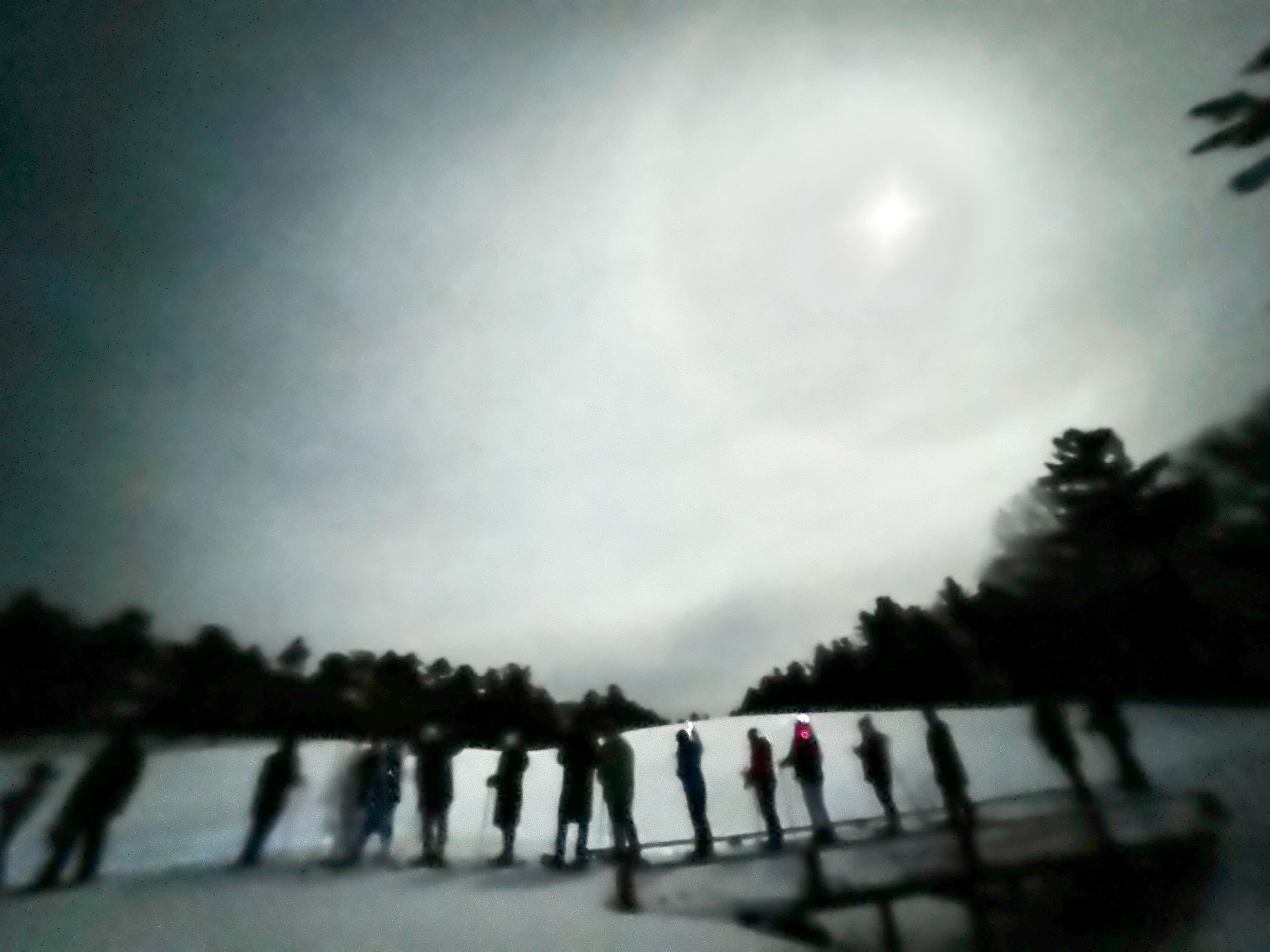


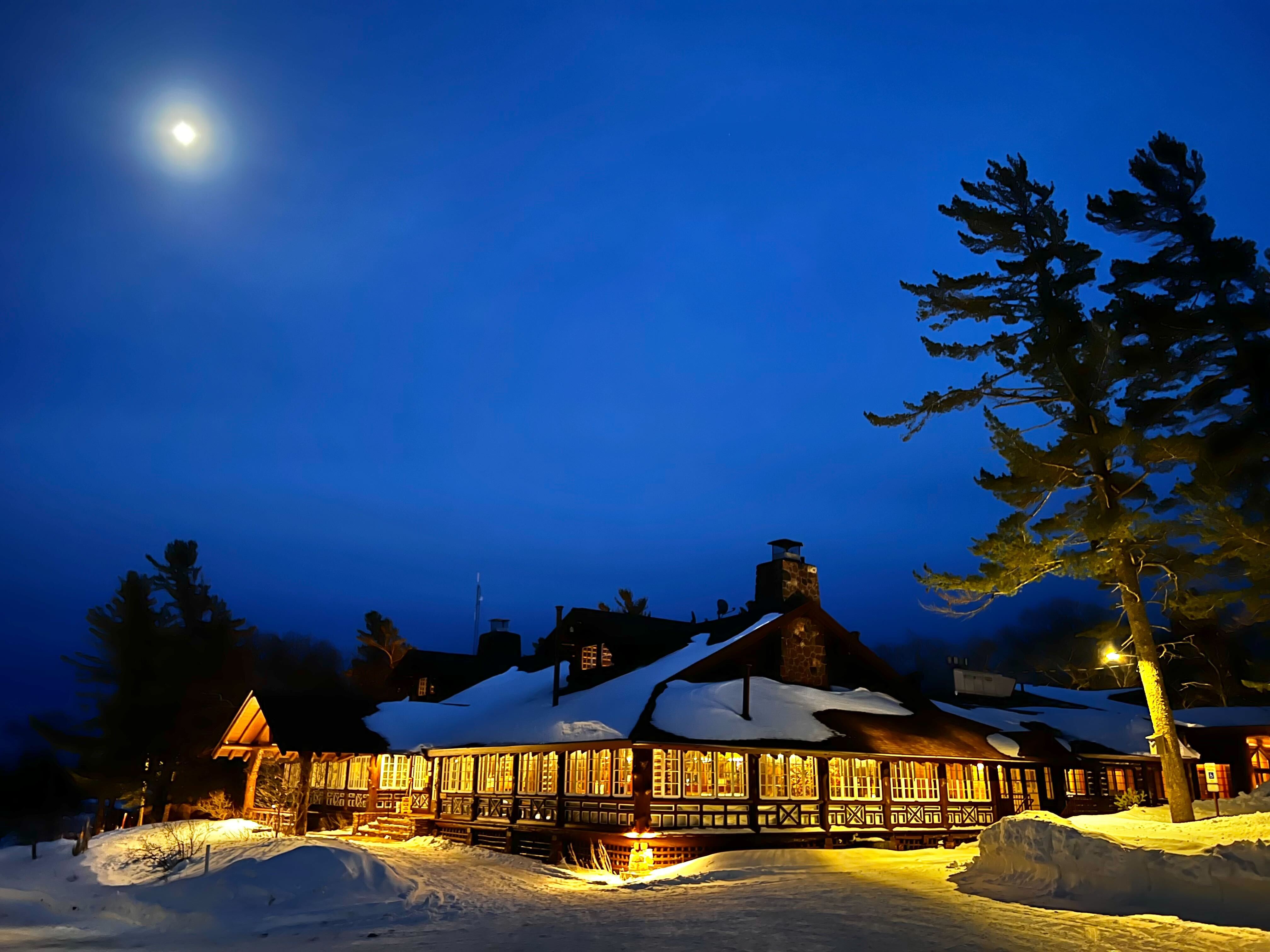
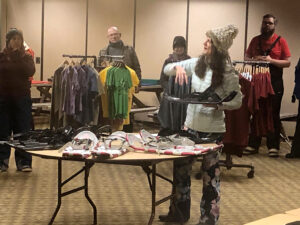 Events are always filled with excitement and of course a little bit of nervousness. After all, this was my first time in charge of such an event. Twelve people had signed up in advance…no problem! To my pleasant surprise more folks kept arriving. As we began our introduction, 22 participants had filled the Outdoor Activity Center. Group activities are interesting and always fun. You have a range from “this is my first time on snowshoes” to “I think I was born with snowshoes on”. What I notice, no matter the skill level, folks are there for the guided, group dynamics and perhaps more importantly the camaraderie that forms; the connection.
Events are always filled with excitement and of course a little bit of nervousness. After all, this was my first time in charge of such an event. Twelve people had signed up in advance…no problem! To my pleasant surprise more folks kept arriving. As we began our introduction, 22 participants had filled the Outdoor Activity Center. Group activities are interesting and always fun. You have a range from “this is my first time on snowshoes” to “I think I was born with snowshoes on”. What I notice, no matter the skill level, folks are there for the guided, group dynamics and perhaps more importantly the camaraderie that forms; the connection. 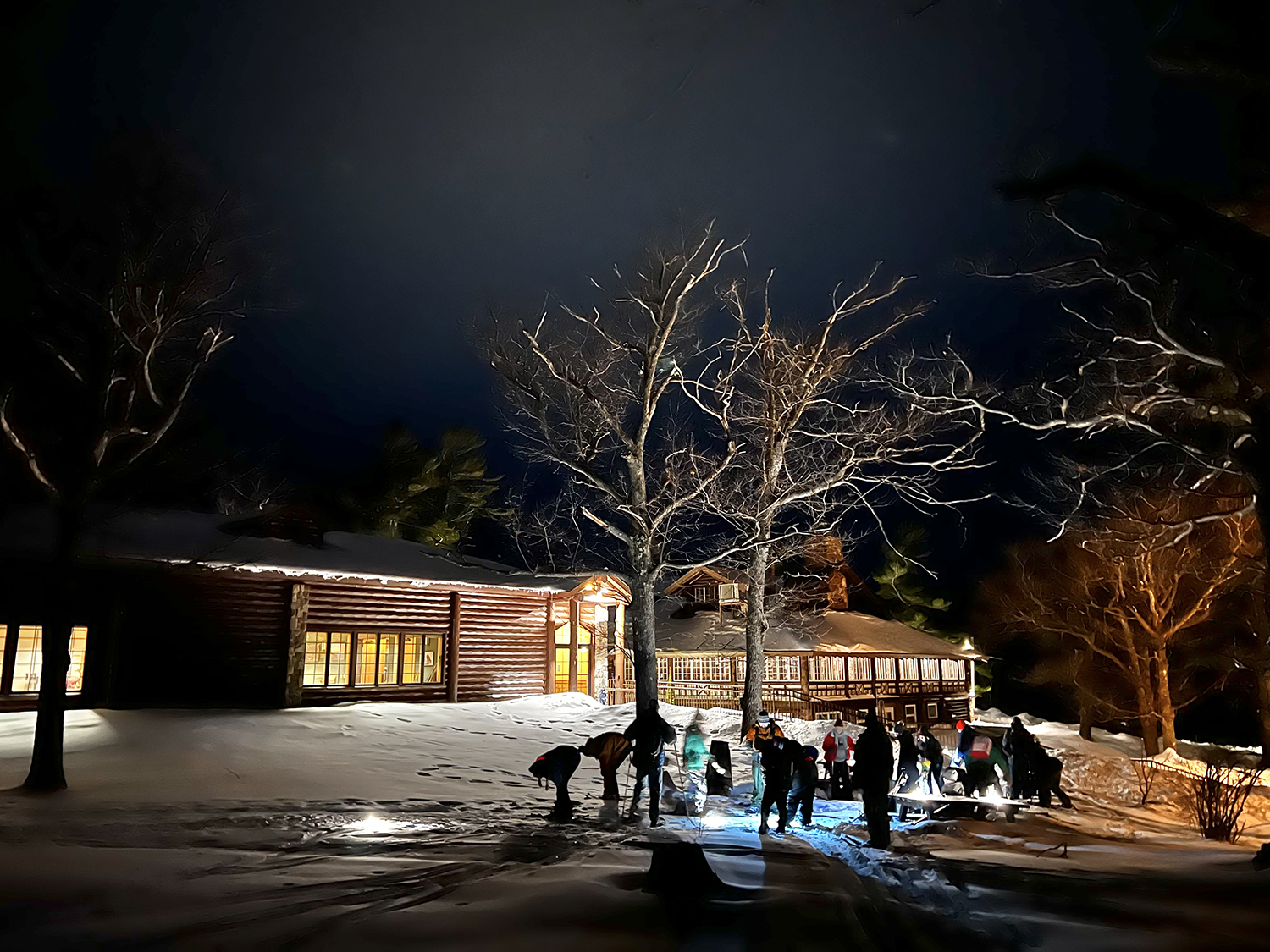
 The route continued through the woods, alongside rock formations and then to an uphill portion. Sure, ascents can challenge our bodies, but I find that they can work our minds even more. Many times, what we think manifests what we feel. As we re-grouped in an opening, I suggested connecting to the internal chatter your mind tends to create when faced with difficulty. This hill is hard! I want to stop! I’m out of shape! What if we can change the mental narrative to, I’ve got this! Keep going! I am getting into shape! As we connected our minds to our bodies, the hill disappeared underfoot. As if to reward us, just then, the full moon began to unveil herself from beneath the clouds. Hello Moon!
The route continued through the woods, alongside rock formations and then to an uphill portion. Sure, ascents can challenge our bodies, but I find that they can work our minds even more. Many times, what we think manifests what we feel. As we re-grouped in an opening, I suggested connecting to the internal chatter your mind tends to create when faced with difficulty. This hill is hard! I want to stop! I’m out of shape! What if we can change the mental narrative to, I’ve got this! Keep going! I am getting into shape! As we connected our minds to our bodies, the hill disappeared underfoot. As if to reward us, just then, the full moon began to unveil herself from beneath the clouds. Hello Moon!